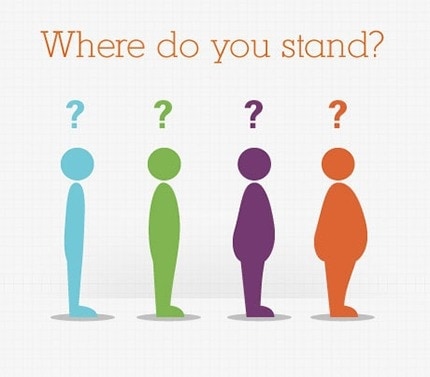
What is Situation Analysis? Definition and meaning of Situational Analysis
Situation Analysis
In real life, or in corporate life, Situational analysis helps you define where you are standing currently, and what should be your actions to progress further. Situation analysis also means forecasting the results if a decision is taken in any direction. The fast changing environment and people lifestyles are demanding regular situation analysis to provide you with a snapshot of where your company is placed in the business environment, and to present you with the opportunities to develop and enhance growth.
Table of Contents
The Easy Method to Performing an Effective Situation Analysis
No matter if you are planning to introduce a new service/product in the market, or if you are in the need of finding which are your strengths and weaknesses regarding your own company, a micro, as well as macro environmental factors situation analysis, can indicate the strategies which you should follow. This is the purpose of the Situation Analysis. Involving several methods of situation analysis, this concept guides businesses on how to communicate the benefits of their products to the needs of the potential customers.
Being based on both the internal and external environment, the situation analysis tells you what is your organization’s and product’s position and the options that you have to develop it further. It can be said to be a very complex type of analysis and generally speaking, every business plan, depending on its purpose, is going to include the situational analysis concept. In this respect, you need to take a look at your current product, target market, distributor network, competitors, financial analysis and external forces. As you have probably guessed, the way to look into and evaluate those factors can be through different models. These models will offer you a structural way of thinking, in order to avoid confusion.
The Purpose and Elements of Situation Analysis
The situation analysis, similar to the market analysis is a concept, comprising different theories such as: the 5C’s, SWOT analysis, Porter’s Five Forces and PEST Analysis. Some marketers affirm that general situation analysis can be summarized in a SWOT format. However, from other experts point of view, it will be incorrect to look at the SWOT as a result of the situation analysis instead of as a component of it.
The 5C’s involve in-depth knowledge of the company, competitors, customers, collaborators and climate. We start by focusing on the company’s mission, vision and goals, its position into the market (which we can easily evaluate through the marketing mix), its performance in order to identify how successfully is the business fulfilling their goals and strategies, and the last one consisting in its product/service line.
Following the evaluation of the company, we start looking into the competitors through Porter’s Five Forces. On the background of analyzing the customers, variables such as customer buying behavior, distribution channels, quantity and frequency of purchase, income level, market size and potential growth are just some of them on which we should concentrate for a reliable situational analysis.
The last two components of the 5C’s are the collaborators, major consolidating part in every business as they increase the likelihood of enhancing development and gaining more growth opportunities, and the climate. The climate refers to the macro-environmental factors which can be structured in the PEST analysis. Finally, a SWOT analysis will help you exactly define the strengths, weaknesses, opportunities and threats that face your company and the future actions can be taken after taking help of the SWOT analysis and considering the exact situation the company is in.
A Situational Analysis of a Strategic Marketing Plan
While the concept has clear advantages in terms of helping you identify your current position on the market with all your capabilities and resources as well as your further opportunities to develop, the situation analysis can also have some disadvantages, mainly consisting in the misinterpretation of collected data.
While some of the components of the concept involve quantifiable data, other parts are represented solely by qualitative data. Therefore, depending on the person in charge to perform this situational analysis, the interpretation can take different forms. In order to avoid it and obtain as clear a snapshot as possible, observations of all the department of your company and collaboration between them should be taken into consideration.










